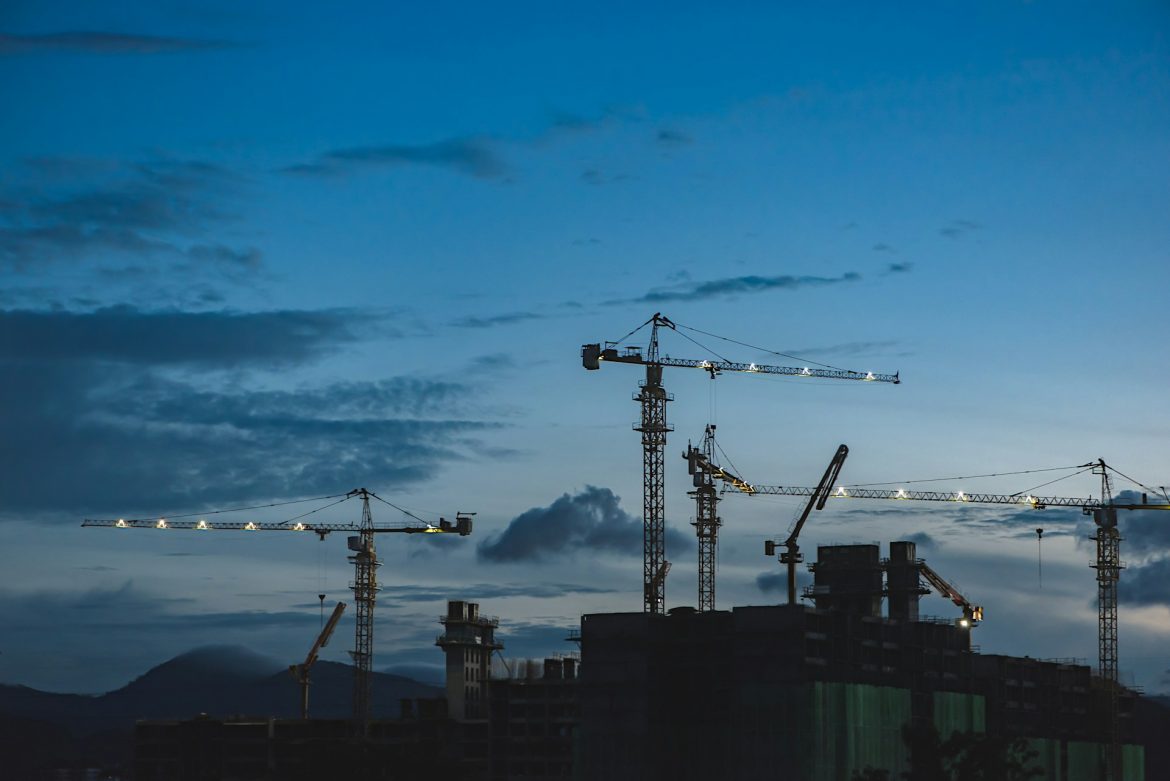In recent years, the construction industry has witnessed a paradigm shift towards sustainability. As the impacts of climate change become increasingly undeniable, sustainable construction has emerged not just as a trend but as a necessity. This movement aims to minimize the environmental footprint of buildings while enhancing their efficiency and livability. This blog delves into the principles of sustainability, highlighting innovative practices, materials, and the role of technology in shaping a greener future in the construction sector.
Understanding Sustainable Construction
Sustainable construction involves the adoption of strategies and practices that promote environmental conservation, resource efficiency, and social responsibility throughout a building’s life cycle, from siting to design, construction, operation, maintenance, renovation, and demolition. This holistic approach is designed to significantly reduce or eliminate negative impacts on the environment and its occupants.
Key Principles of Sustainable Construction
- Energy Efficiency: A cornerstone of sustainable construction is reducing energy consumption and harnessing renewable energy sources. Buildings are designed to maximize natural light and ventilation, reducing the need for artificial lighting and air-conditioning. Incorporating solar panels, wind turbines, and other renewable energy technologies also contribute to a building’s energy self-sufficiency.
- Water Conservation: Sustainable buildings incorporate water-saving plumbing fixtures, rainwater harvesting systems, and water-efficient landscaping designs to minimize water usage and reduce the strain on municipal water supplies.
- Material Efficiency: Sustainable construction promotes the use of eco-friendly, non-toxic, and recycled materials. This includes everything from bamboo flooring and recycled steel to low-VOC (volatile organic compounds) paints, which improve indoor air quality.
- Enhancing Indoor Environmental Quality: The health and comfort of building occupants are paramount in sustainable construction. This is achieved through the use of non-toxic materials, maximizing natural light, and improving air quality, among other strategies.
- Waste Reduction: Sustainable construction practices strive to reduce, reuse, and recycle construction waste to divert it from landfills. This involves efficient materials ordering, on-site sorting, and repurposing materials whenever possible.
Innovative Materials and Technologies
The push towards sustainable construction has spurred innovation in materials and building technologies. Cross-laminated timber (CLT) is one such material, offering a sustainable and robust alternative to concrete and steel, significantly reducing the carbon footprint of buildings. Similarly, the use of insulated concrete forms (ICFs) and structural insulated panels (SIPs) enhances energy efficiency by providing superior insulation.
Green roofs and living walls are becoming increasingly popular for their ability to reduce heat absorption, enhance insulation, and promote biodiversity in urban areas. These features not only contribute to the aesthetic and ecological value of buildings but also play a crucial role in stormwater management and air purification.
The Role of Technology in Sustainable Construction
Advancements in technology have been instrumental in driving sustainable construction practices. Building Information Modeling (BIM) software allows architects and engineers to create highly efficient and optimized building designs by simulating energy performance and material usage. This not only improves the sustainability of projects but also reduces costs and construction time.
Smart building technologies, such as automated lighting, heating, and cooling systems, further enhance energy efficiency by adapting to real-time conditions and occupancy levels. These systems are integral to creating “intelligent” buildings that actively contribute to sustainability goals.
Challenges and Future Prospects
Despite the clear benefits, the transition to sustainable construction is not without challenges. High upfront costs, lack of awareness, and regulatory hurdles can impede the adoption of green building practices. However, the long-term savings in energy, water, and maintenance costs, combined with the increasing demand for sustainable living spaces, are powerful incentives for change.
Looking ahead, the future of sustainable construction is promising. Innovations such as 3D printing and modular construction promise to reduce waste and energy consumption further. The integration of smart city technologies and the Internet of Things (IoT) in urban planning and building management will enhance the efficiency and sustainability of built environments on a larger scale.
Conclusion
Sustainable construction is more than a trend; it’s a comprehensive approach to building that respects and preserves our environment while creating healthier, more efficient spaces for people to live and work. By embracing innovative materials, technologies, and practices, the construction industry plays a pivotal role in addressing some of the most pressing environmental challenges of our time. As we continue to innovate and adapt, the vision of sustainable construction will keep evolving, paving the way for a greener, more resilient future.

